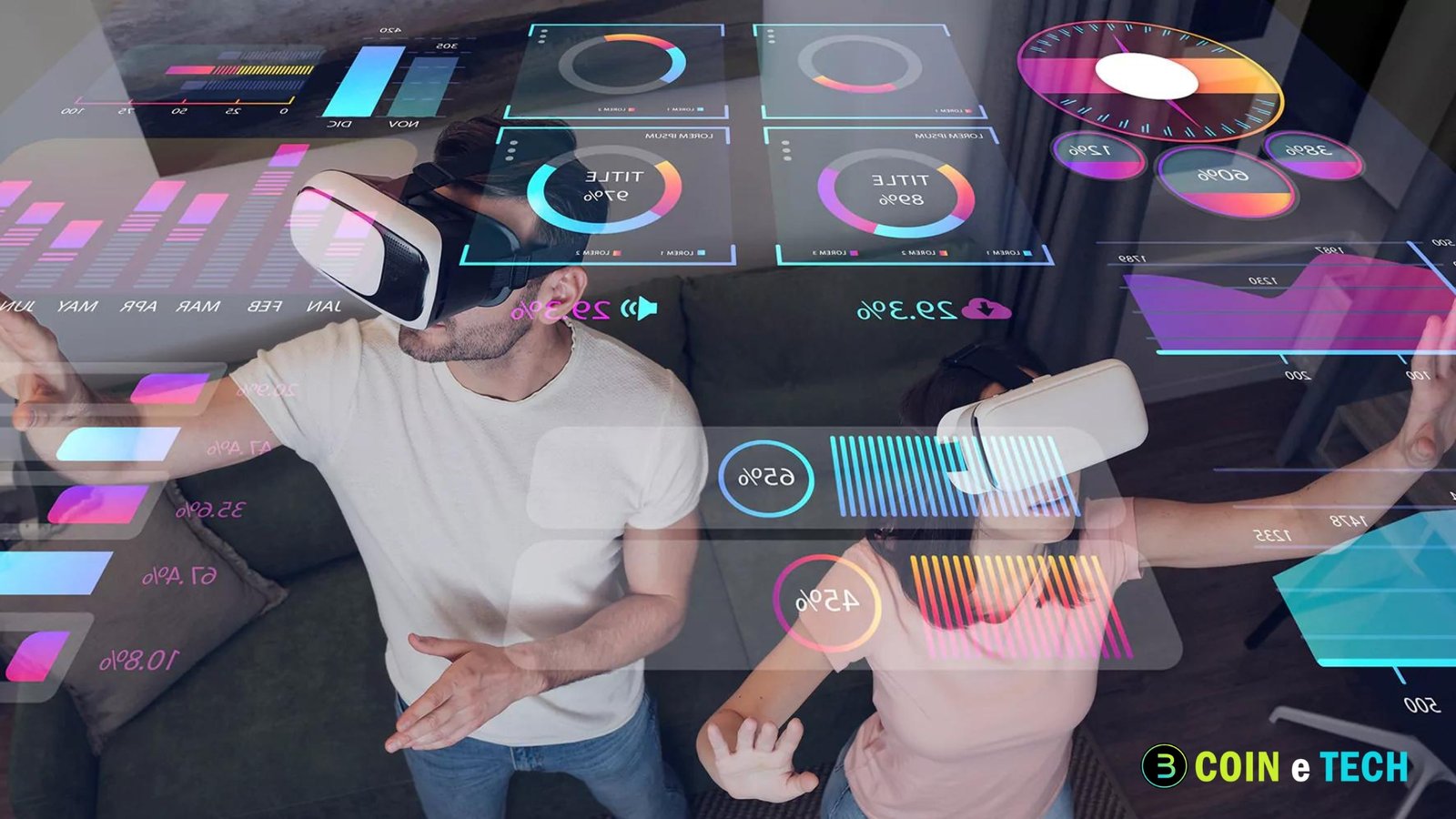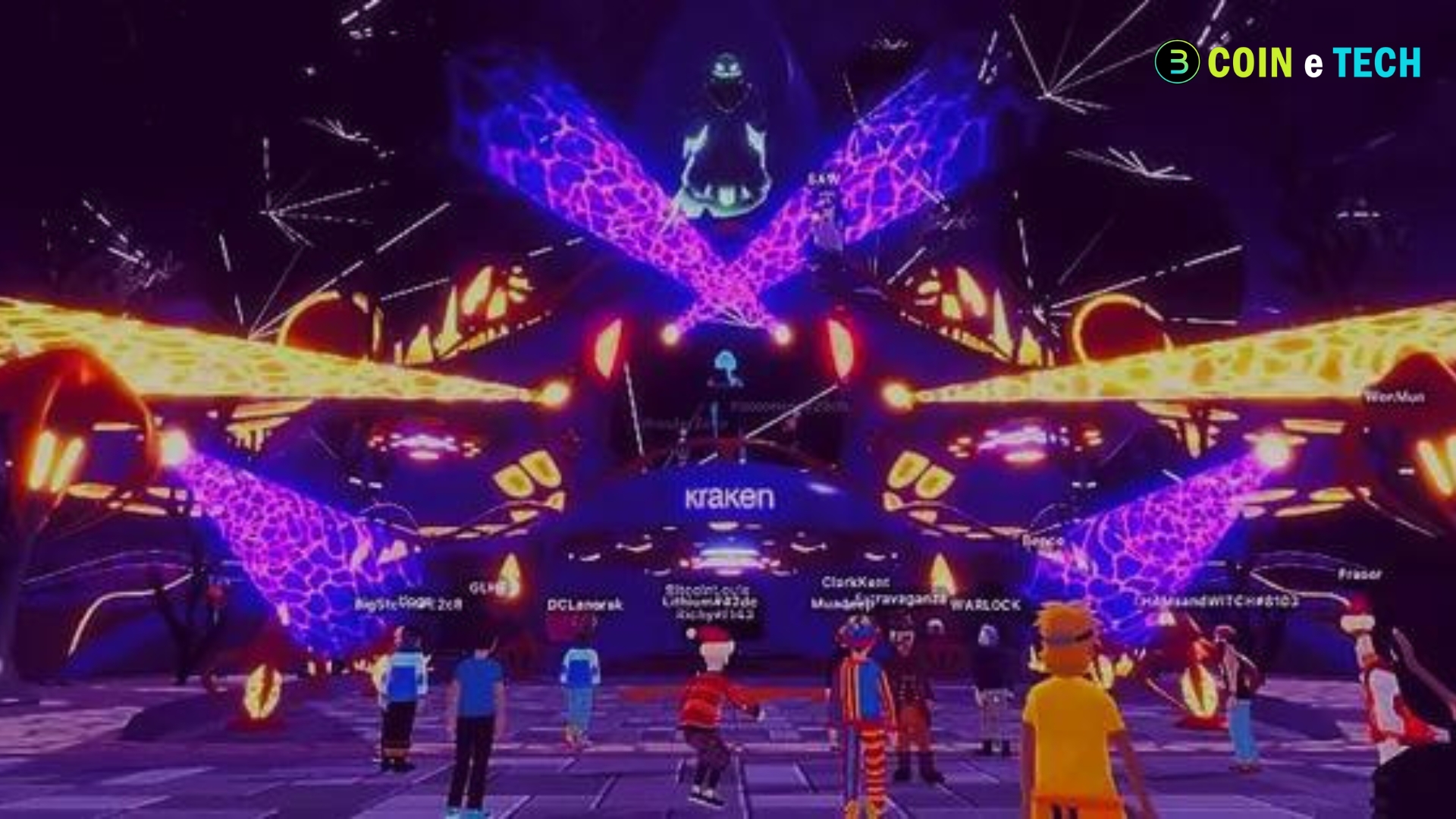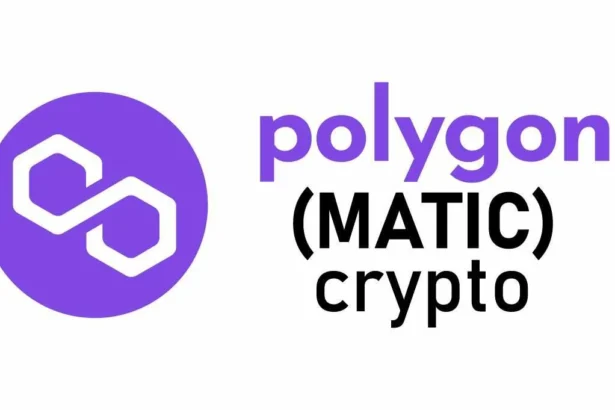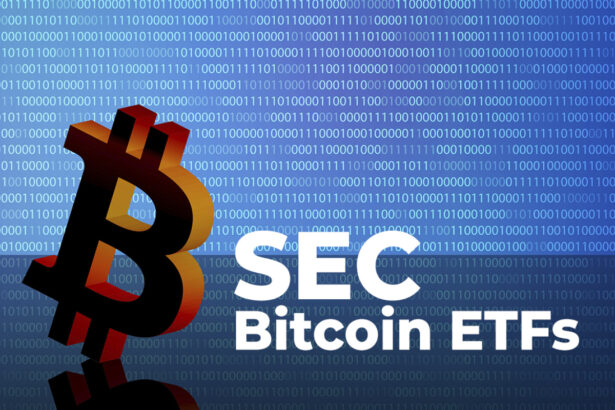Hosting a Metaverse Event. Events in the metaverse are organized through a process known as “event management,” which includes brainstorming, drafting plans, and carrying them out. The metaverse, a shared virtual community, is the product of merging physically persistent VR with virtually enhanced VR. Augmented and virtual reality (AR/VR) are examples of immersive digital environments.
Conferences, concerts, exhibitions, workshops, social gatherings, and other events can be planned and executed through event management in this environment. This article discusses event hosting in the metaverse.
Steps to Host an Event in the Metaverse
There are several essential measures to follow to execute a successful metaverse event and make it a memorable digital experience. The steps involved in creating an immersive event that can be enjoyed by people all over the globe are as follows: deciding on a platform, developing content, and, finally, executing the event in a virtual environment. After an event in the dynamic metaverse, conducting post-event tasks such as collecting feedback and keeping relationships is necessary.
Define the event concept and goals
The first and most crucial stage in preparing an event in the metaverse is conducting thorough pre-event planning. At this critical juncture, a number of strategic decisions and actions set the event in motion.
It entails figuring out what you want from the event, finding the correct platform, creating a realistic budget, dealing with any legal concerns, and coming up with a creative concept. This comprehensive foundation is necessary to move on to the next steps of event planning in the ever-changing and immersive metaverse.
Technical setup
During the technical setup phase, the idea for the event becomes a fully operational virtual reality experience. There are several steps involved in creating an avatar or digital representation, building the virtual area, and establishing the chosen metaverse platform. Engaging the audience requires interactive features like multimedia presentations, virtual networking areas, and live chat. We are ensuring perfect audio-visual quality, verifying user accessibility, and resolving technological flaws are critically critical for providing a seamless experience.
Marketing and promotion
Regarding marketing and promotion, the focus shifts to getting people excited and signing up. To reach individuals, you must use both traditional marketing channels and those unique to the metaverse. Producing interesting event material, such as trailers and teasers, helps increase attendance. Social media, influencer partnerships, and engagement with the metaverse community can expand your reach. Implementing ticketing systems and offering tier-based access alternatives might also boost attendance.
Each tier offers guests different levels of interaction and advantages tailored to their tastes and budget. For example, although all tiers enable access to the main event sessions, VIP and premium tiers offer perks, including exclusive workshops, one-on-one conversations, and content. This approach encourages participation from all walks of life by letting individuals decide how much they want to be involved.
Event execution
After much preparation and planning, the event execution phase finally arrives. At this point, the whole thing is coming together to make it immersive. Presenters hold talks, panels, or concerts virtually while attendees interact, network, and participate in activities.
Instantaneous technical assistance is crucial for resolving any issues that may arise. Keeping a close check on engagement statistics, crowd responses, and technical performance allows for quick adjustments to ensure the best experience during the event.
Post-event activities
The next step is to carry out the post-event activities when the event has concluded. Activities such as collecting participant feedback in surveys or polls to gauge happiness and gather information for potential improvements are all part of this phase. People are interested in hearing about the event’s highlights or recorded sessions even after the event has passed.
After an event, it’s easy to develop social media buzz using user-generated content, such as photos and videos. Arranging follow-up sessions, virtual meetups, or networking opportunities also help keep contacts formed at the event.
How Much Does it Cost to Host an Event in the Metaverse?
The price tag for a metaverse event might change drastically depending on many factors. These characteristics include the amount of customization desired, the number of features integrated into the event experience, the predicted number of participants, the chosen metaverse platform, and the event’s complexity.
Metaverse platforms may charge users according to various factors, such as the number of participants, the features available, and the number of events they hold. Building an interesting virtual venue requires investments in 3D modeling, interactive elements, and immersive graphics, the costs of which are proportional to the design’s intricacy.
Audiovisual equipment, streaming services, and tech support personnel are all part of the Audiovisual tag to guarantee perfect technical execution. Collaborations with influential people, advertising on social media, making promotional materials, and similar tasks all figure into the price tag for promotions. Additional elements that could impact the budget include content creation, avatar personalization, networking resources, security measures, training, and engagement activities following the event.
Thorough research of metaverse platforms, quotations from pertinent service providers, and meticulous budget planning can provide an accurate cost estimate. To determine whether the event can be financially supported, it is wise to compare these expenses with possible income from ticket sales, sponsorships, or other sources.
Traditional Events vs. Metaverse Events
There are two main ways that people can come together and participate: traditional events and metaverse events. Traditional gatherings involve physically gathering at a designated location. Participants are encouraged to engage in face-to-face conversations, depend on prearranged seating arrangements, and adhere to geographical limitations.
In contrast, metaverse events are in virtual 3D environments beyond physical borders. Participants can personalize their avatars and engage in interactive activities within these settings. The rise of metaverse events exemplifies the changing face of event hosting in our hyper-connected society, as they provide an immersive digital experience in contrast to more traditional events.
Risks in Hosting Virtual Event Spaces in the Metaverse
The prevalence of sexual harassment against women and other forms of inappropriate behavior are clear indicators of the dangers inherent in hosting virtual event venues in the metaverse. The atmosphere becomes unpleasant and even dangerous for participants when individuals act in ways they wouldn’t in real life due to the anonymity of virtual places.
Further concerns include potential privacy invasions, technological challenges, and a digital gap due to an insufficient understanding of the technology. Explicit rules of conduct, rigorous moderation, an emphasis on data security, and user-friendly information can help organizers limit these threats and establish a pleasant environment.
Additional major dangers include IP infringement, platform reliability issues, and misunderstandings caused by intangible signals. Avoiding these dangers is possible with open and honest communication channels, careful platform selection, comprehensive testing, and secure content exchange protocols. By anticipatorily resolving these concerns, organizers of metaverse events may foster an environment that encourages engagement, diversity, and learning for all attendees.






